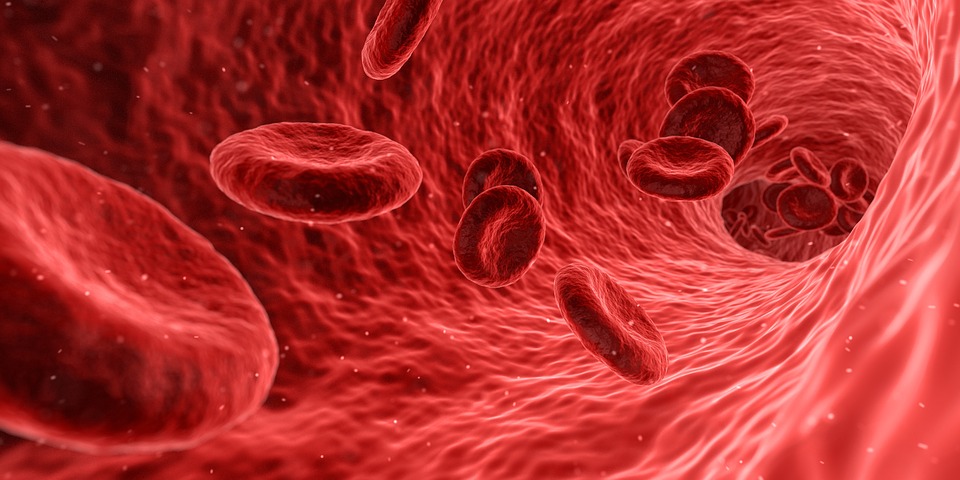
Whether you’re looking to give your cheeks a little lift or alleviate eye wrinkles, there are more innovative options than ever for achieving that youthful, beautiful glow when you want it, where you want it. There are an abundance of surgical options, sure, but these aren’t for everyone—for some, non-surgical rejuvenation may be just the ticket.
Vampires are quite the pop culture phenomenon, so it’s no surprise that platelet-rich plasma (PRP) treatments, also known as “vampire facelifts,” are having a moment in dermatology. Kim Kardashian herself boasted about the treatment back in 2013, and the trend has shown no sign of slowing. You can also thank Ms. Kardashian-West for the procedure’s spooky moniker.
So what is platelet-rich plasma treatment, and what does it have to do with the undead—other than its use in helping you achieve the complexion of a character from Twilight?
Here’s everything you need to know about vampire facelifts, how they work, and whether it’s the right treatment for you.
The Power of Platelets
The nickname “vampire facelift” stems comes from one simple factor: blood. Vampires love it, and so does your skin tissue.
Specifically, the procedure works by injecting your own blood, in the form of plasma-rich platelets, into whichever area you want to rejuvenate or repair—commonly on the face, but sometimes elsewhere too (the procedure treats hair thinning and hair loss, too). This may sound unnerving, but it’s actually a minimally-invasive, straightforward process.
The power is all in the platelets, which inherently contain growth factors that stimulate the following:
Platelets are a funny little hybrid of cell and molecule, sometimes called “cell fragments.” They have amazing, restorative “clotting” power, which can help heal skin when concentrated.
Because the blood is yours, your body will adopt it without complication. The procedure essentially mimics the body’s own healing process: no chemicals, no foreign substances, and no allergic reactions. Treating affected areas heals the skin and can slow or reverse the affects of aging, like wrinkles and sagging.
The Process
PRP treatment is fairly basic, and shouldn’t take longer than an hour all together. Your dermatologist will likely clean your skin and apply antiseptic before beginning, and maybe take a picture for a before and after look.
After the procedure, your dermatologist may apply ice to reduce inflammation. Patients may experience mild swelling, bruising, and discoloration, which will fade from 1-3 days. In general, side effects are rare. You won’t be craving blood or shying away from sunlight and garlic knots, but you are likely to notice a difference in your appearance.
Vampires, A History
How did the idea to inject blood into one’s face come about? Like many cosmetic procedures, PRP was originally purely medical; in medicine it has been practiced since the 1990s, though research has been ongoing since the 1970s. Studies reported improved healing thanks to PRP in orthopaedic medicine, dentistry, and reconstructive surgery.
By the 2000s, PRP became popular in sports medicine as a method for connective tissue repair, and healing bone grafts and features. Lo and behold, a litany or high-profile athletes from Kobe Bryant to Tiger Woods underwent PRP therapies to successful results on and off the court and course.
Society loves to follow the lead of pro athletes, as do Kardashians. Today, PRP has become highly modernized and much more affordable for those of us that lack the celebrity gene.
Is It For You?
Is the Vampire Facelift for you? Possibly, but the answer doesn’t depend on your love of True Blood. It’s all about what you’re looking for.
Many people don’t want plastic surgery, but still want to do something when their skin isn’t cooperating or looking its best. For those that are shy about invasive procedures, chemicals, and skin removal or filler, PRP treatment is a great option that is just about as natural as a cosmetic procedure can be, and as safe too.
Even better, Dracula may be a work of fiction, but science is on PRP’s side.Those treated report the results lasting up to four of five weeks. A peer reviewed study from 2010, for example, concluded after analyzing patients over the course of their treatment that the procedure was satisfactory, the results effective, and the side effects neither serious nor persistent.
PRP is also incredibly synergistic with other treatments, like microneedling, so you can approach your issues holistically rather than picking just one option and calling it a day.
When all else fails, ask your doctor or dermotologist for more information. The Dermatology Specialists is proud to offer PRP treatments at several New York, Queens, and Brooklyn locations. Make an appointment on ZocDoc Today!